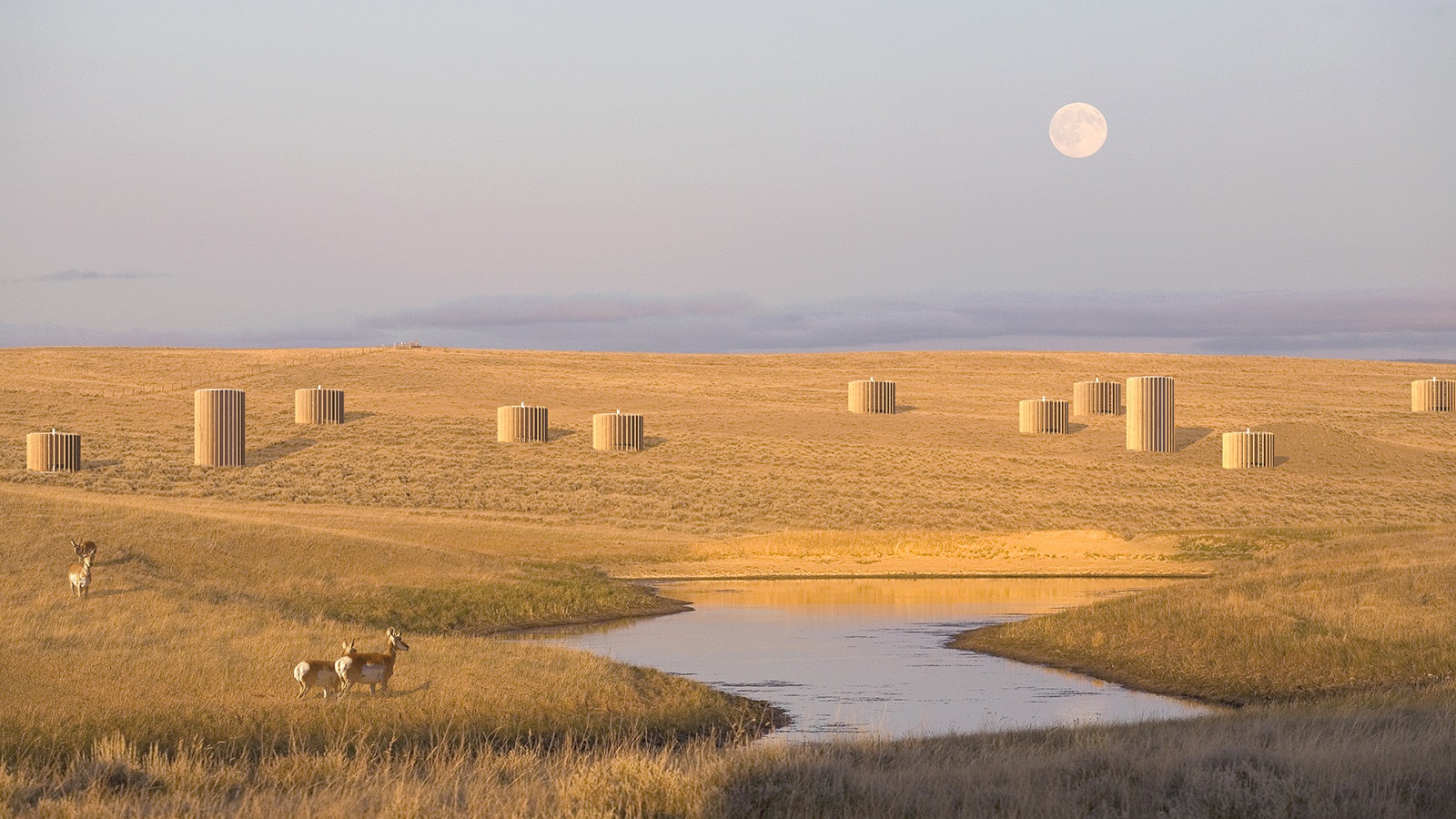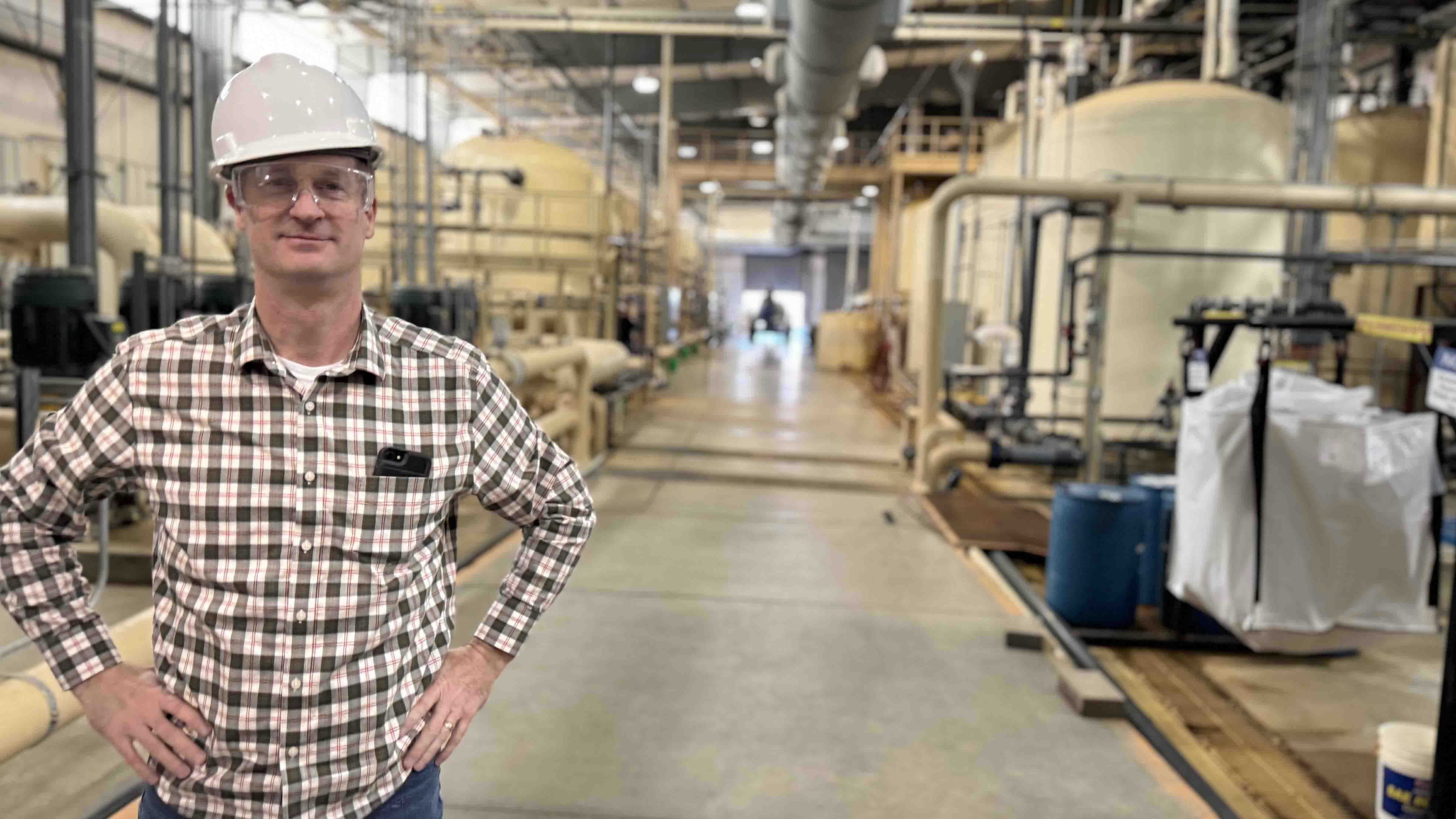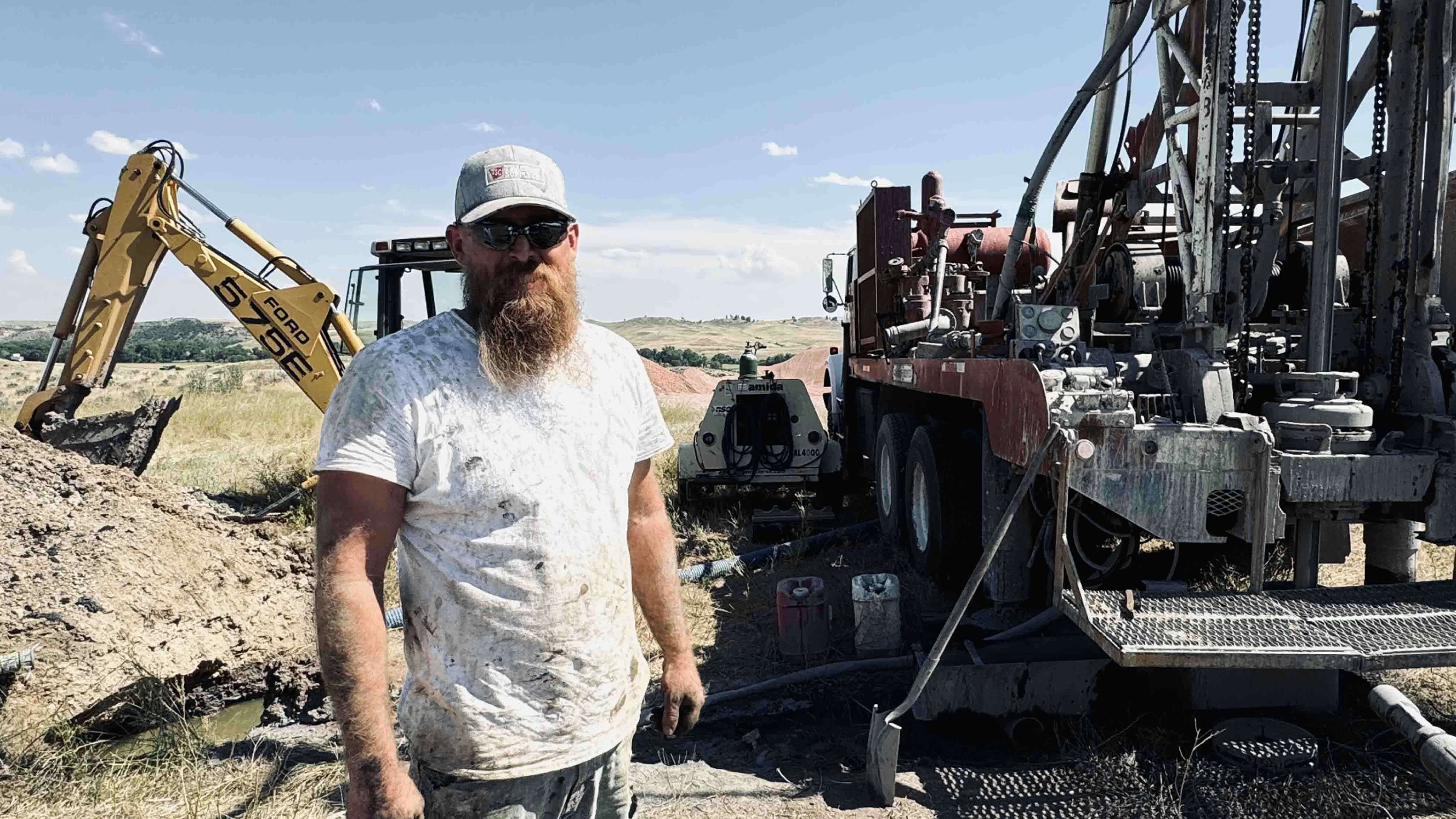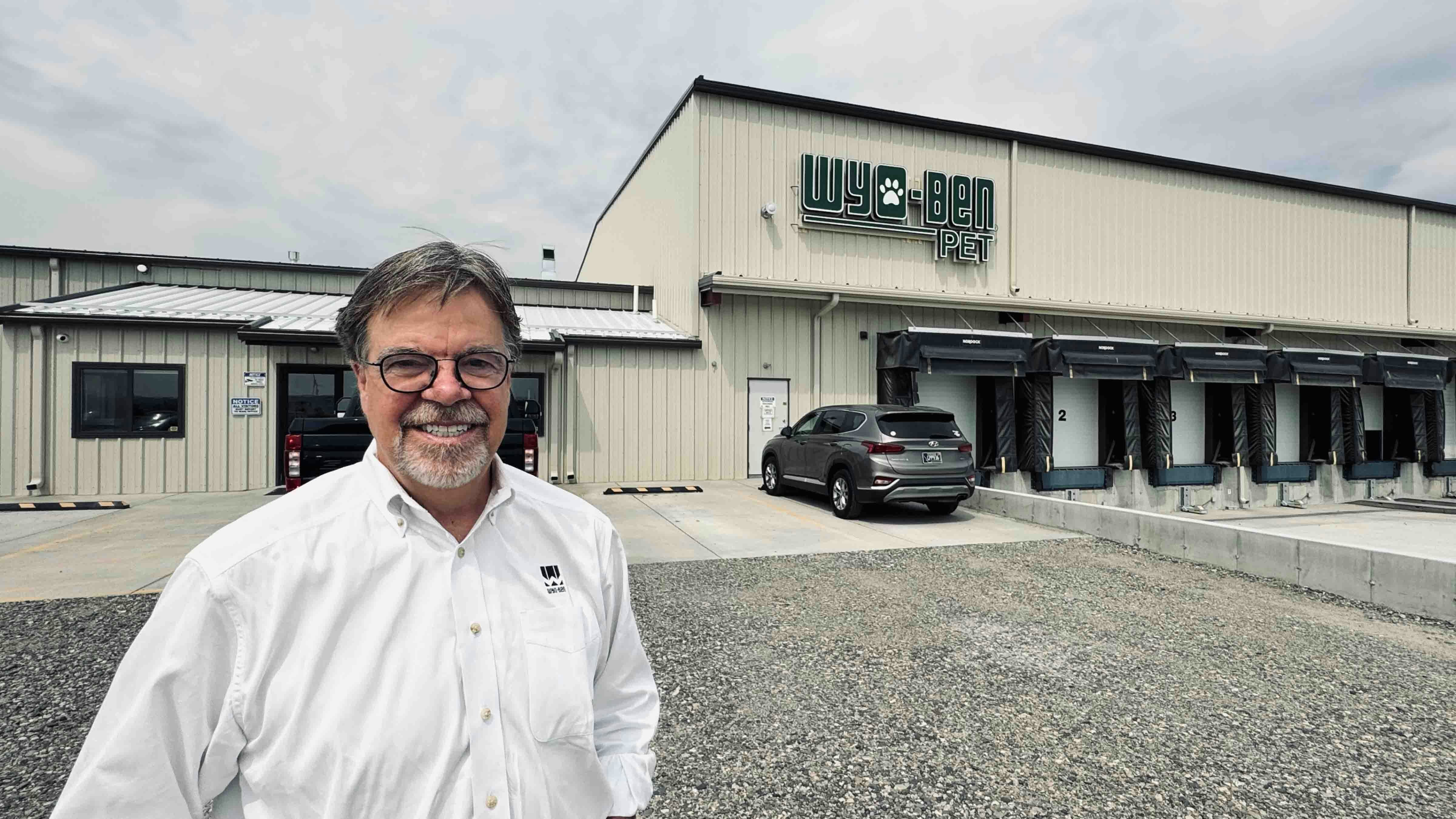A venture capitalist with a pedigree in the startup world and a scientist who has a background in materials research on sensitive military projects have teamed up to figure out a new way of sucking carbon dioxide out of the air and storing it in underground caverns in central Wyoming.
The backers won’t disclose where exactly they want to locate their first direct air carbon facility, but they’ve raised roughly $11 million to design and demonstrate 10-foot-wide, 15-foot-high cylindrical-shaped silos that will capture the carbon dioxide.
They expect to build hundreds of the silos across the countryside, perhaps raising hundreds of millions of dollars to build them.
“The capital investment will be significant,” said Spiritus Technologies CEO Charles Cadieu, a venture capitalist who has a track record of successfully building companies and selling them to larger corporate clients that fold them into their portfolios.
The silos, filled with carbon dioxide-absorbing balls the size of baseballs, will be built on a few hundred acres of private land.
Wyoming’s tornado-like winds will do the heavy lifting, which is to blow the carbon dioxide into the balls drilled with needle-like tubes to collect the gas.
“They’re a bit like Nerf balls,” Cadieu said.
Reusable Filters
Everything is automated on the inside of the Spiritus silos, with the lung-absorbant balls being held on trays that can be moved along on a conveyor belt from the silos to low-heat furnaces where they are stripped of carbon dioxide, then compressed into a liquid form and pumped into underground formations.
The balls, which are made of a proprietary sorbent technology, are returned to the silos to begin the process all over again.
“This is reversible over and over again,” Cadieu said.
Cadieu said that Spiritus hopes to apply for permitting on the project “very soon” with the Wyoming Department of Environmental Quality’s Industrial Siting Council. The project, called Orchard One, will bring hundreds of jobs to Wyoming and will begin carbon removal in 2026.
When completed, the project will be capable of capturing and sequestering in underground geologic caverns up to 2 million tons of carbon dioxide from the atmosphere annually, Cadieu said. This amounts to roughly the emissions from 340,000 gas-powered pickups driven in a year.
The key to Spiritus’ technologies is its sorbent technology.
Many direct air carbon companies use big industrial-sized fans to pull air into their carbon removal systems, but Spiritus Technologies, a public benefits corporation registered in New Mexico near the Department of Energy’s Los Alamos weapons laboratory that researches and designs nuclear weapons, has a different approach.
Fruit Is Key
In this case, wind will blow through the silos, which are filled with “thousands and thousands” of the balls that they call “fruit.”
In the descriptions of their invention, it’s necessary to understand the organization of an orchard.
For instance, each of Spiritus’s silos is called a tree, with 100 trees equaling a grove, with 10 groves equaling an orchard — which is the entire direct air carbon project, Cadieu explained.
An orchard of direct air carbon trees requires several hundred acres of land.
“Nature is the best designer of everything,” said Matt Lee, Cadieu’s partner at Spiritus and a materials engineering expert at Los Alamos Labs and who formerly helped work on the DOE’s Lawrence Livermore National Laboratory’s National Ignition Facility, a potentially world-changing breakthrough for fusion energy and a key initial step in a quest for clean energy.
He also worked on novel aerospace applications at Los Alamos.
Cadieu’s background is in building companies in innovative niches.
In 2013, for instance, Cadieu sold his image-recognition startup IQ Engines to Yahoo! to improve the search engine’s Flickr photo organization and search business.
And last year, Cadieu was behind the sale of artificial intelligence-enabled ultrasound guidance software company Caption Health to GE Healthcare
Over the years, Cadieu has raised more than $75 million for his startups from deep-pocketed headliners like the Bill & Melinda Gates Foundation and Khosla Ventures, whose successful investments have included DoorDash, an online food ordering and delivery service; Impossible Foods, a maker of plant-based substitutes for meat; and OpenAI, an artificial intelligence research organization.
Spiritus plans to earn money by receiving carbon removal credits from big corporations that need to offset their carbon footprint.
Spiritus has lined up the pre-sale of carbon removal credits to a group of businesses, including Frontier Climate Management LLC, a consortium of big social media companies looking to buy carbon removal credits, San Francisco-based Watershed Technology Inc. and Terraset, a Colorado-based nonprofit that buys carbon removal credits.
Carbon removal credits are measurable, verifiable emission reductions from certified climate action projects, like the one proposed in Wyoming. These projects reduce or remove greenhouse gas emissions.
This is the second major development in as many weeks in Wyoming for the direct air carbon industry.
Earlier this month, Los Angeles-based CarbonCapture Inc. raised $80 million from well-heeled investors to build what is considered the world’s largest direct air capture of carbon dioxide and storage project in southwestern Wyoming.
Construction of the project on private land held by ranchers in Sweetwater County could begin before the end of the year.
Pat Maio can be reached at pat@cowboystatedaily.com.





